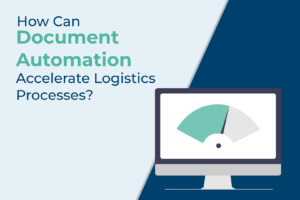As the name implies, Electronic Data Interchange (EDI) involves transferring data electronically from one computer to another. This exchange must be done in a structured manner following an agreed-upon standard between the parties. This replaces “traditional” processes such as paper exchange and enables their automation.
By moving from a paper-based to electronic document exchange, businesses enjoy major benefits such as reduced cost, increased processing speed, reduced errors, and improved business partner relationships.
EDI is based on standard structured languages. Each language consists of messages covering a type of information exchange (order messages, delivery slips, invoices, etc.). .
GS1 offers two languages, each used for trade between industry and commerce. Of these, the most used is GS1 XML. This language is based on two “common libraries”, eCom and Shared Common Library. By grouping together all the data used in different messages, this forms the core of all GS1 XML messages. This data can then be included in all the processing messages. The items in the common library are GS1 XML schemas and data format descriptions.
Why should you implement GS1 EDI?
GS1 EDI standards provide solutions for multiple sectors using the same message. They support a variety of supply chain business processes, from orders through delivery to payment. Each process requires a different set of messages, all of which are based on GS1 XML.
Some of the direct user advantages are:
- Lower paper costs (printing, letters, fax, enveloping, etc.)
- Reliable data
- Process automation
- Higher productivity
- Greater follow-up of exchanges (order, delivery note, invoice, etc.)
With Compleo Hybrid, the conversion from any type of file to GS1 XML is easy and fast, with no advanced knowledge in programming required
Converting any ERP file to GS1 XML
We will explain step-by-step how to get GS1 XML output in three parts:
- Compleo Designer for converting XML to GS1 XML
- Compleo for XML for converting PDF to GS1 XML
- Compleo Supervisor for automating the processes
1. XML to GS1 XML
In this part we are going to use Compleo Designer, a powerful Compleo Hybrid component that helps you design a template using unformatted ERP files like RDI/XSF/XML. This allows you to generate a formatted GS1 XML that complies with GS1 Standards.
Here is a simple XML invoice as shown in Compleo Designer.
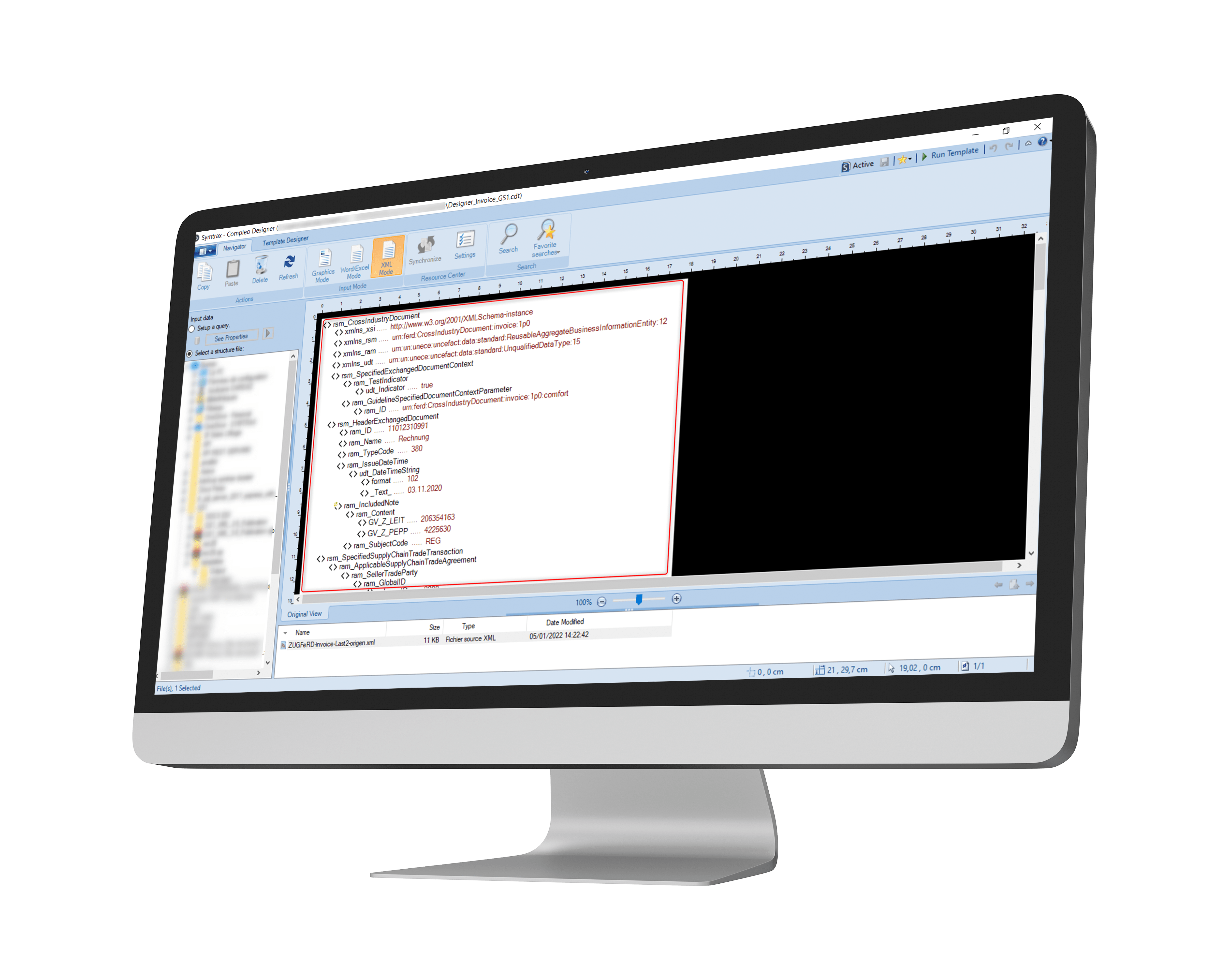
Fig 1 : Simple XML invoice in Compleo Designer
The XML structure tree must fit the GS1 standard as shown in the screenshot below.
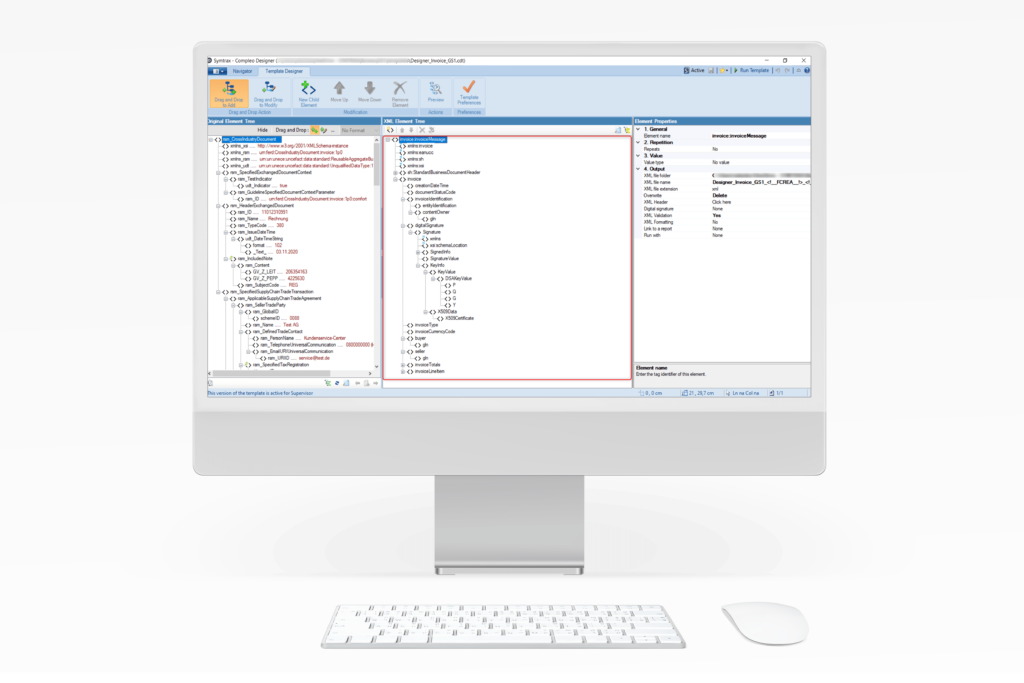
Fig 2 : Tree of GS1 XML invoice
Then, Compleo collects data from the simple XML invoice and adds it to the GS1 XML invoice tree while complying with GS1 standards.
The element proprieties window helps you format any tag values to match with the GS1 standards.
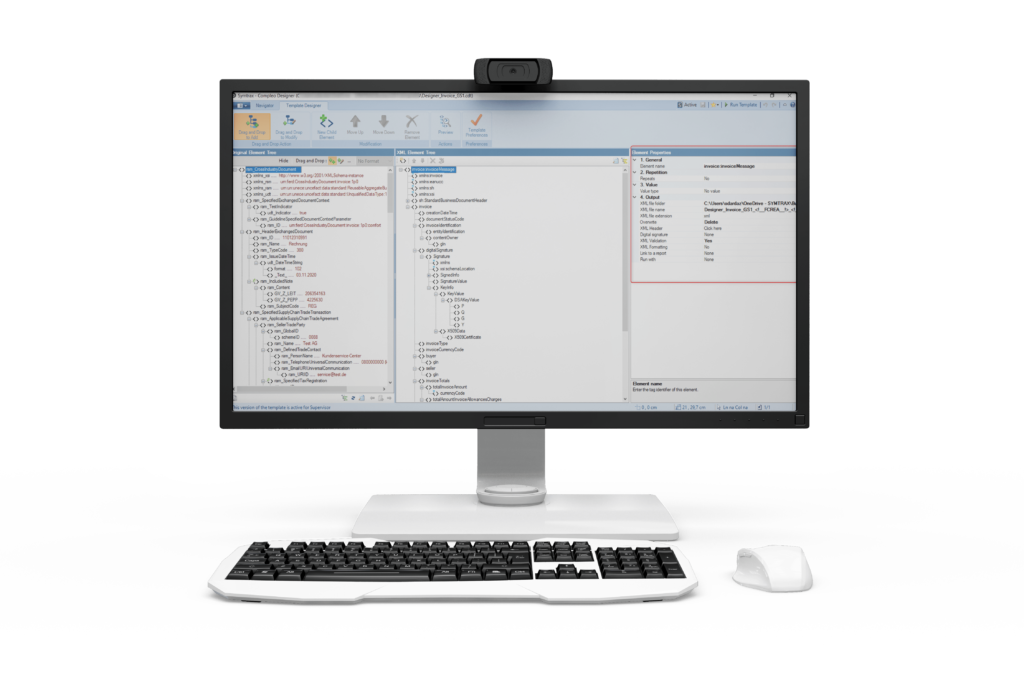
Fig 3 : GS1 XML invoice tree in Compleo Designer
2. PDF to GS1 XML
In this part we are going to use Compleo for XML. This solution allows you to create XML files from your spool and PDF files. You can also secure XML files by adding a digital signature.
The below screenshots show you how to convert this simple invoice to a GS1 XML invoice:
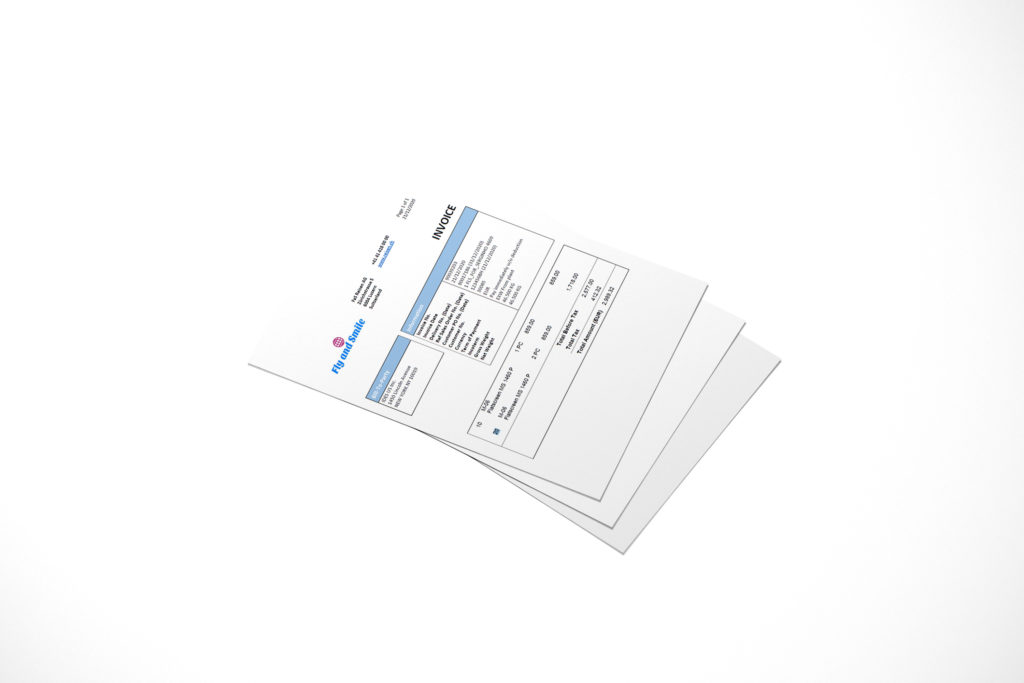
Fig 4 : Simple PDF invoice
Compleo for XML removes the style from your input file, as shown in below screenshot, so that only the text appears.

Fig 5 : Input PDF invoice in Compleo For XML
As explained above, Compleo for XML helps to create a tree of tags that respects GS1 standards as well as Compleo Designer.
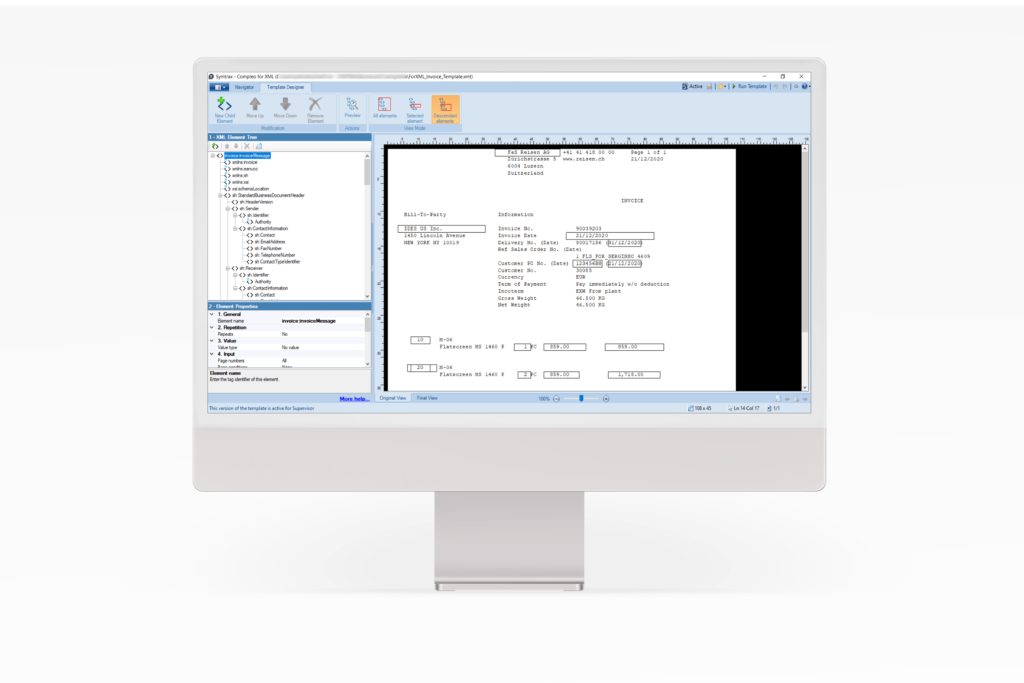
Fig 6 : Tree of GS1 XML invoice created in Compleo for XML
3. Automating the process
By using Compleo Supervisor, you can automate all tasks performed by other Compleo Hybrid modules, such as Compleo for XML and Compleo Designer. In addition, you can use the templates seen above to create output files such as GS1 XML to exchange with your customers. In this way, Compleo Hybrid can be used as either an interactive process or service.
Finally, Compleo Hybrid is a complete software solution that can help you create, format, and edit any output files from your ERP (such as SAP and AS400) to new files that comply with the GS1 standard. You can then automatically share them with your customers using several different protocols, including FTP, HTTPS, SMTP Mail driver, and API.
To learn more, contact us today.



